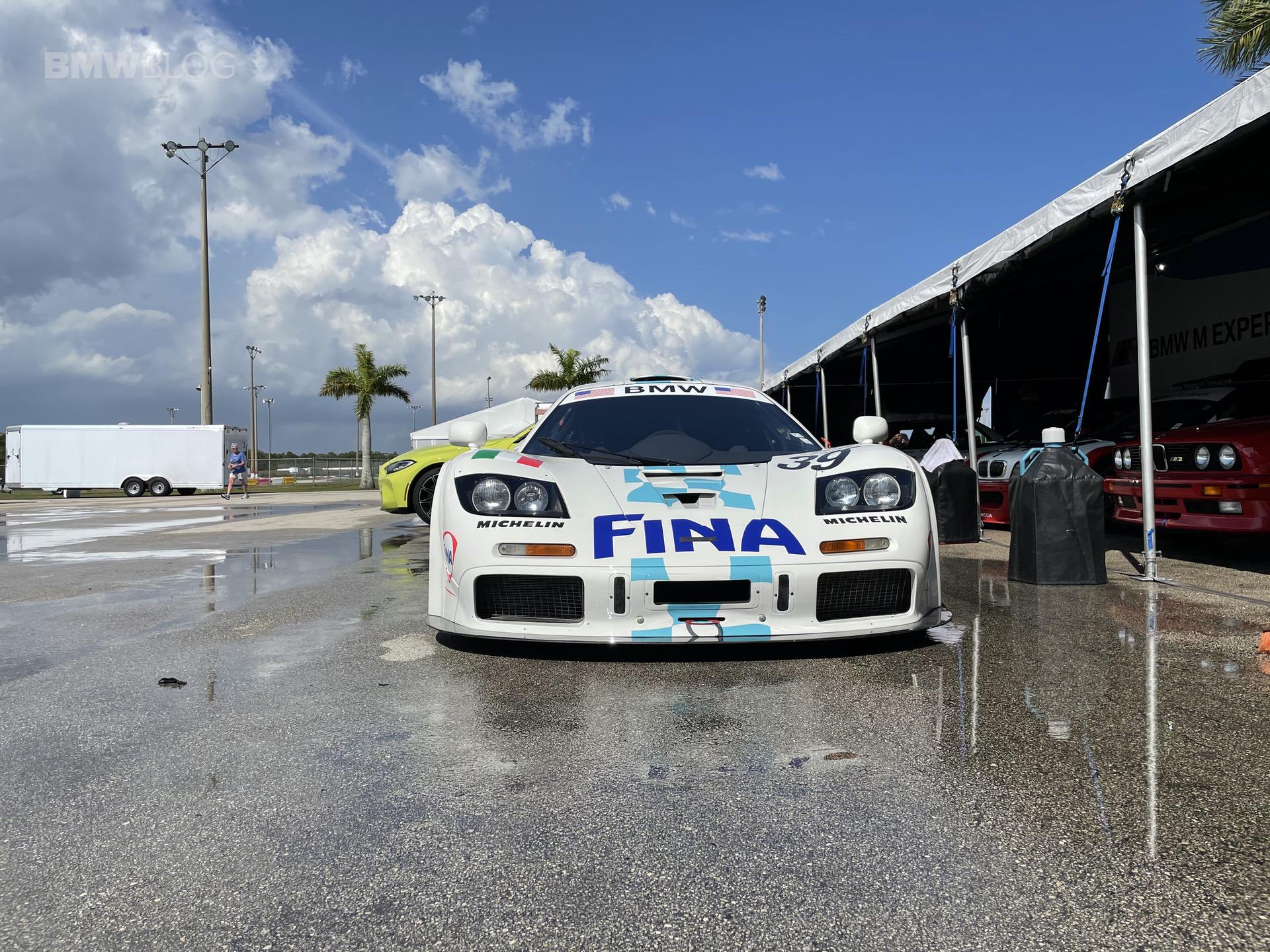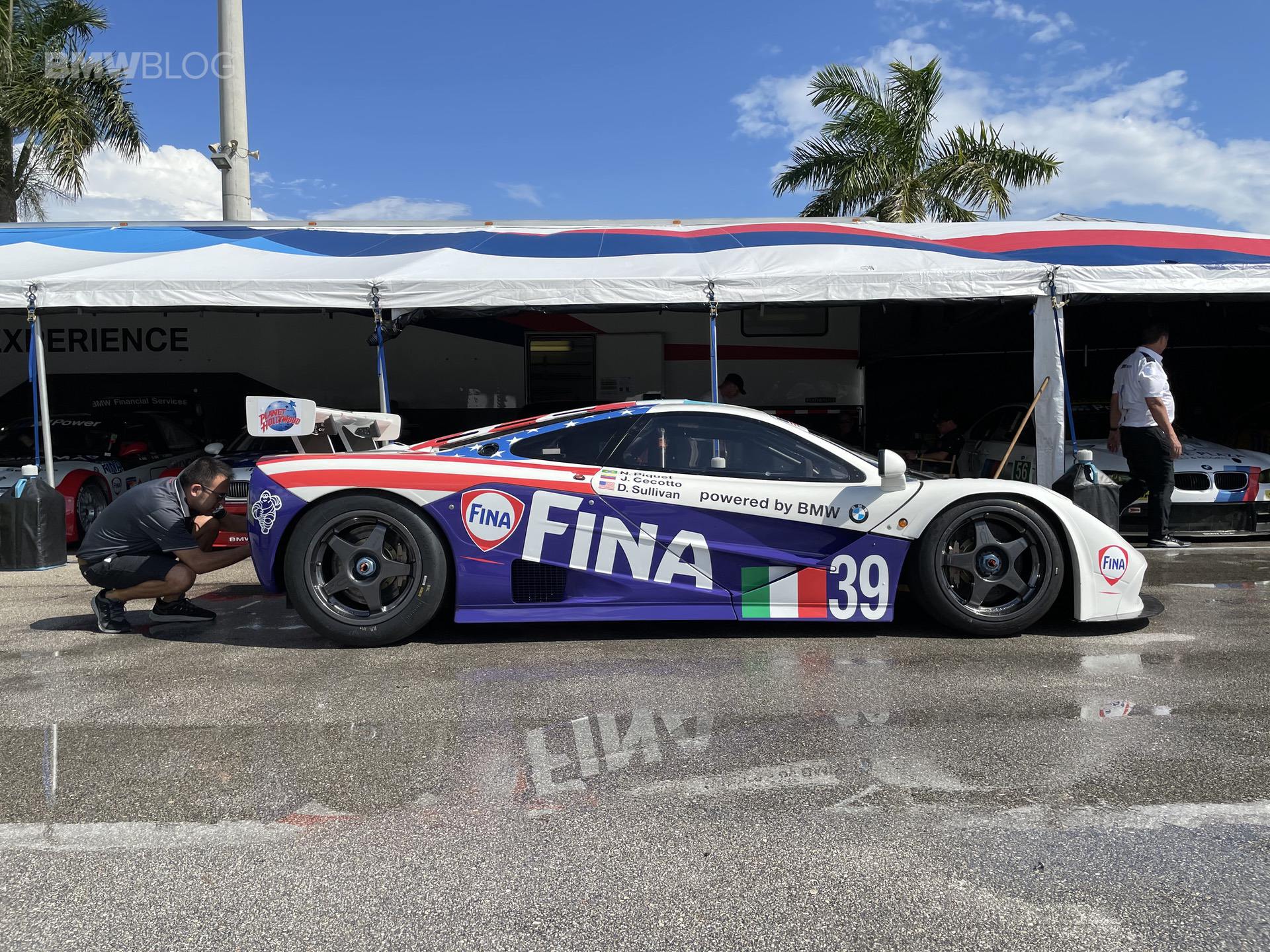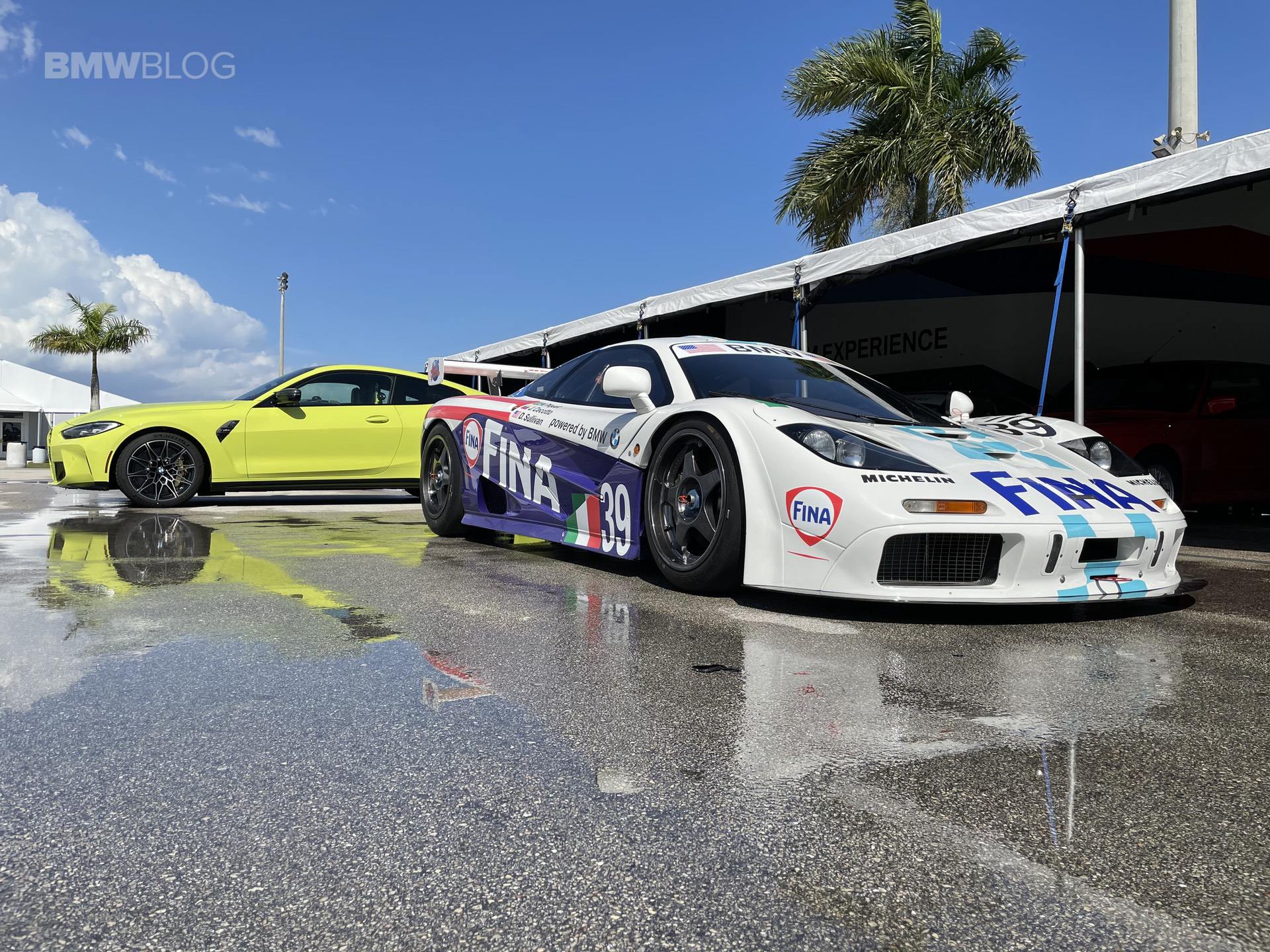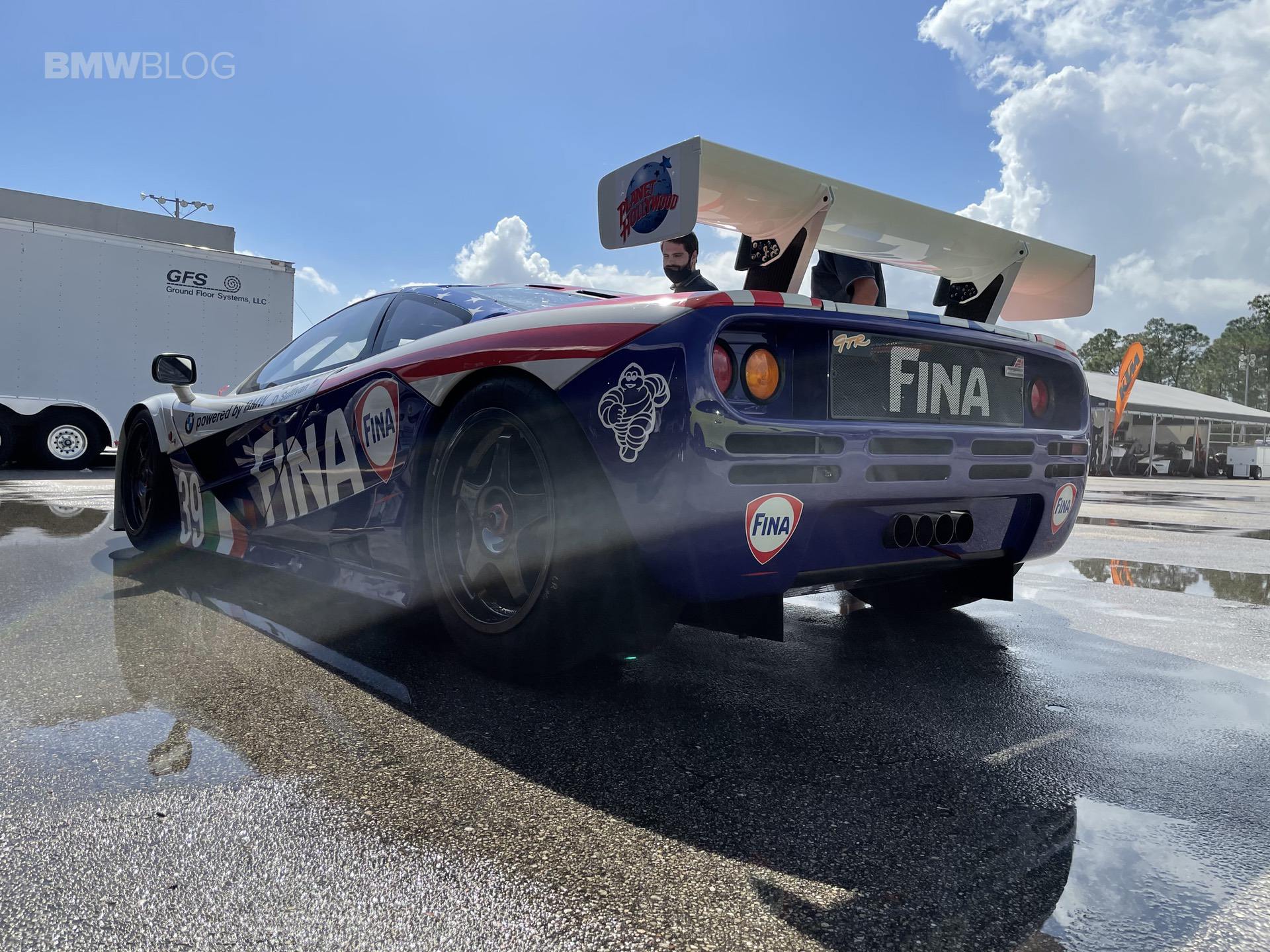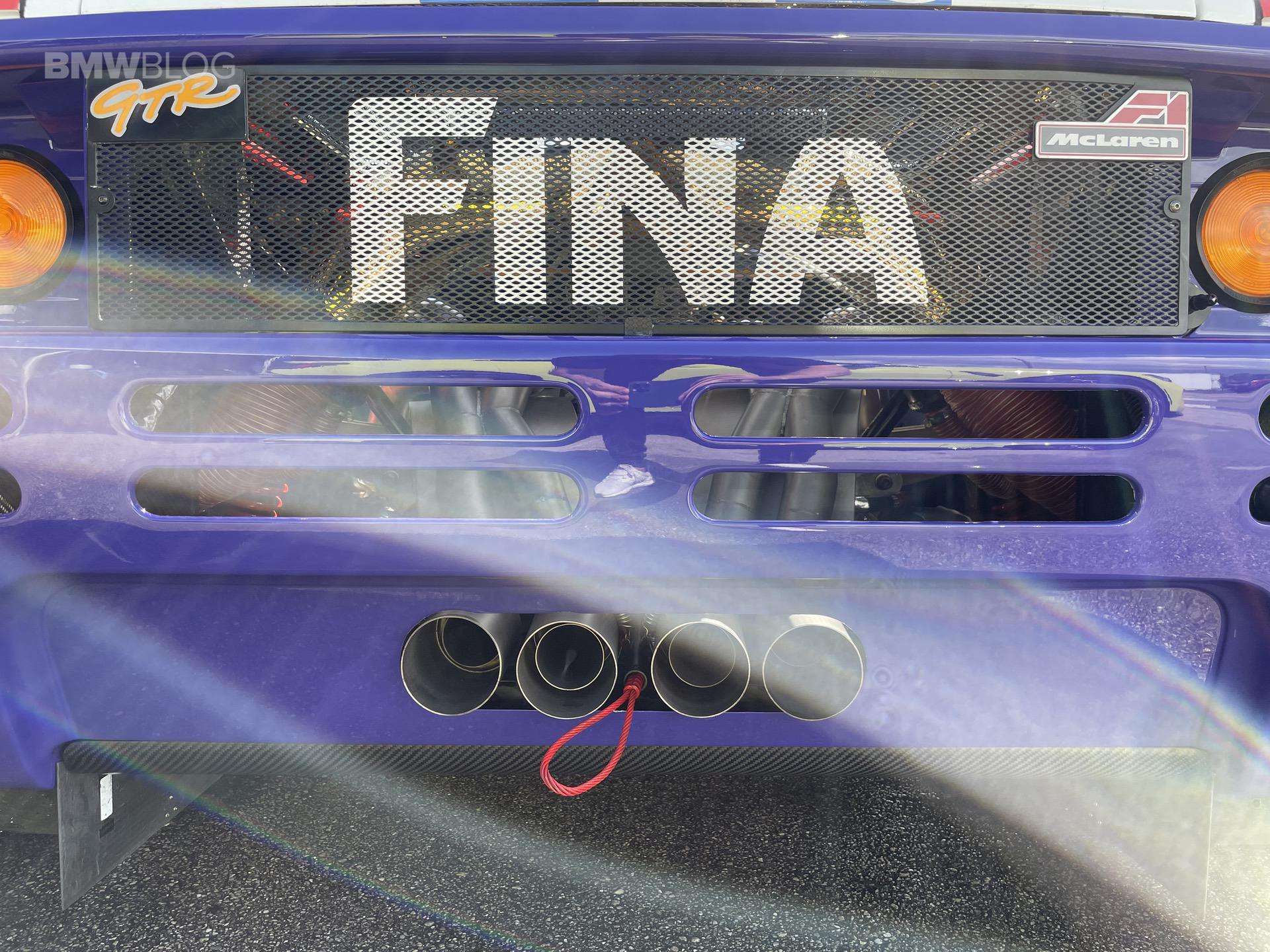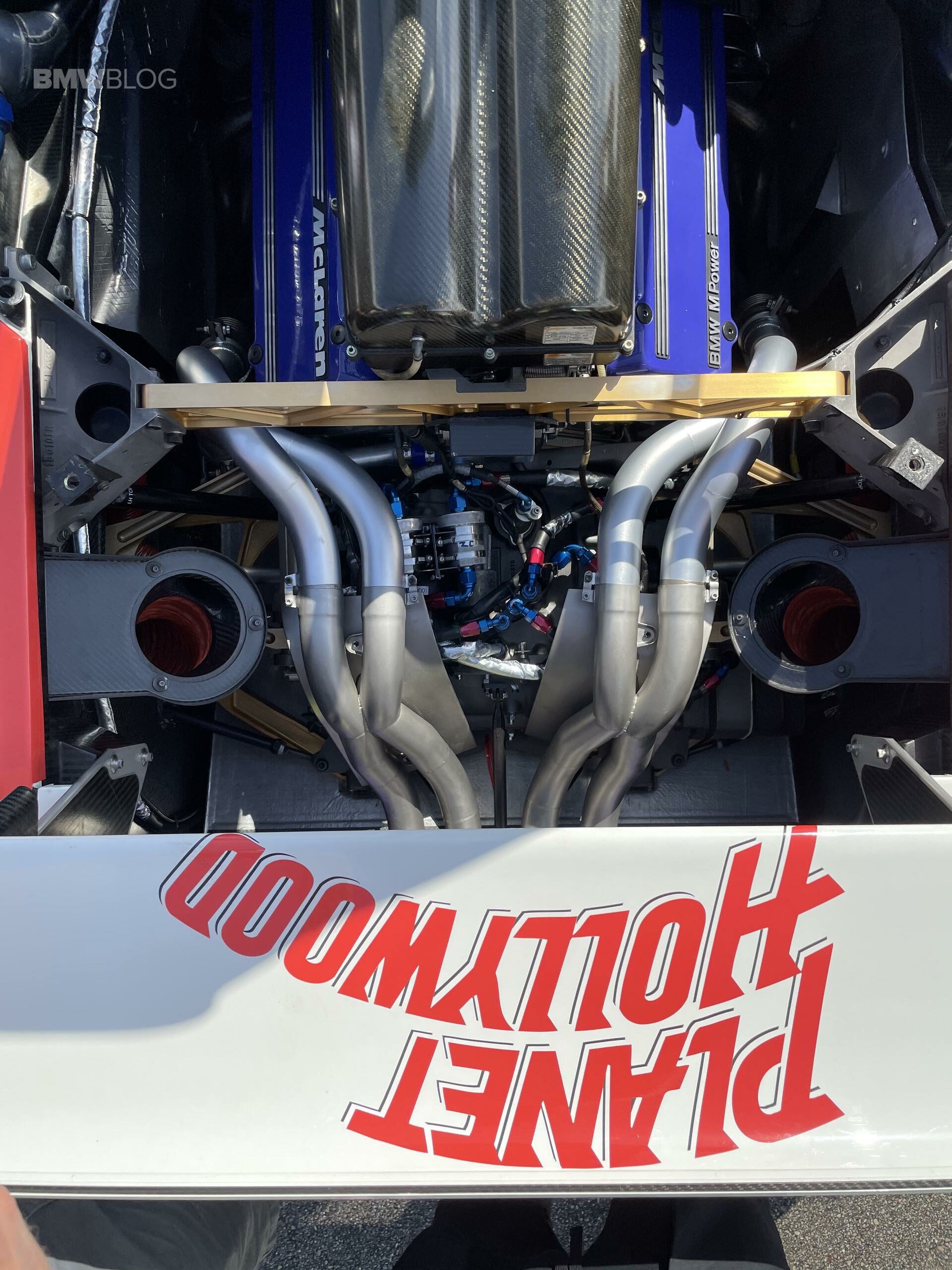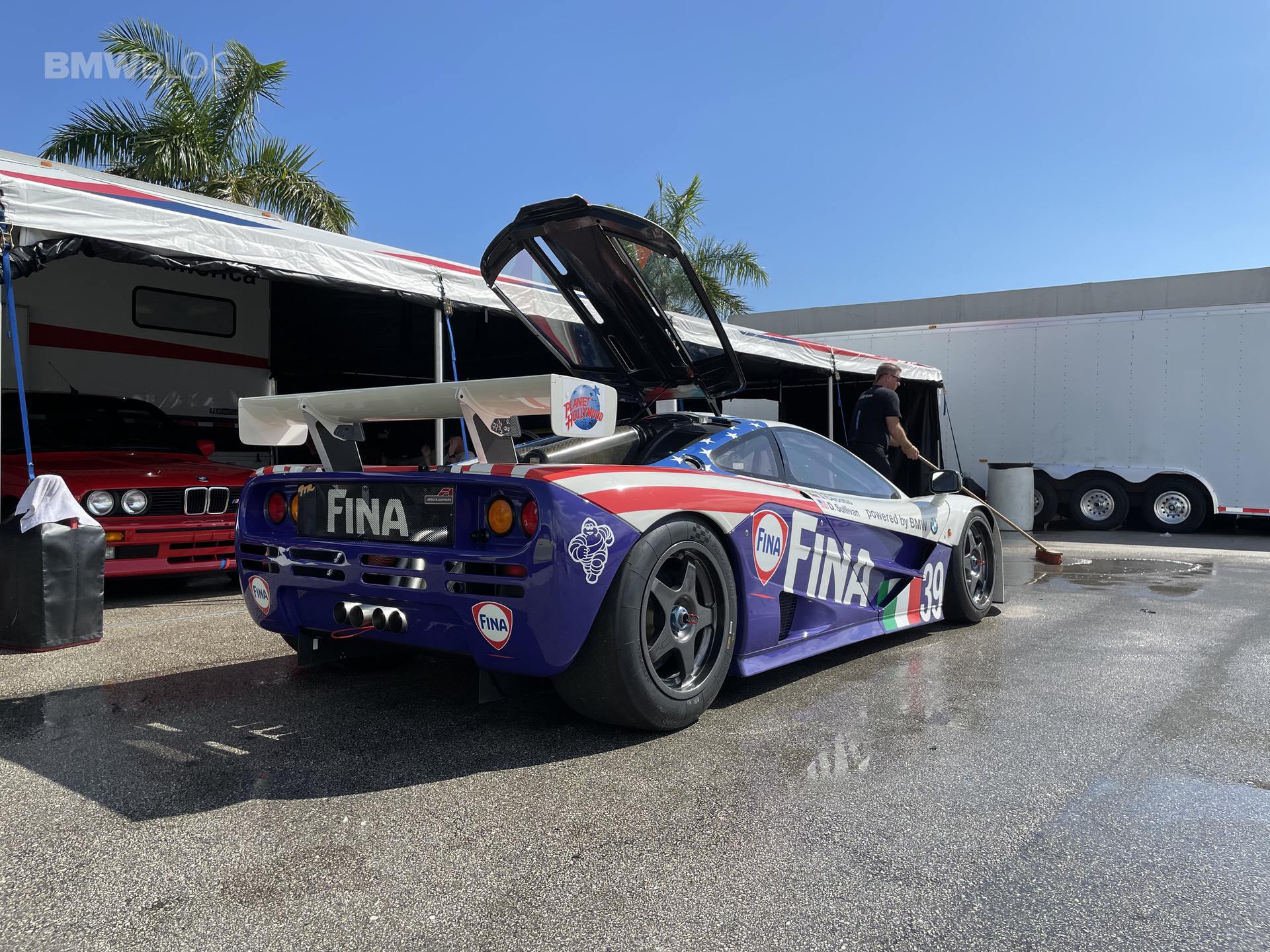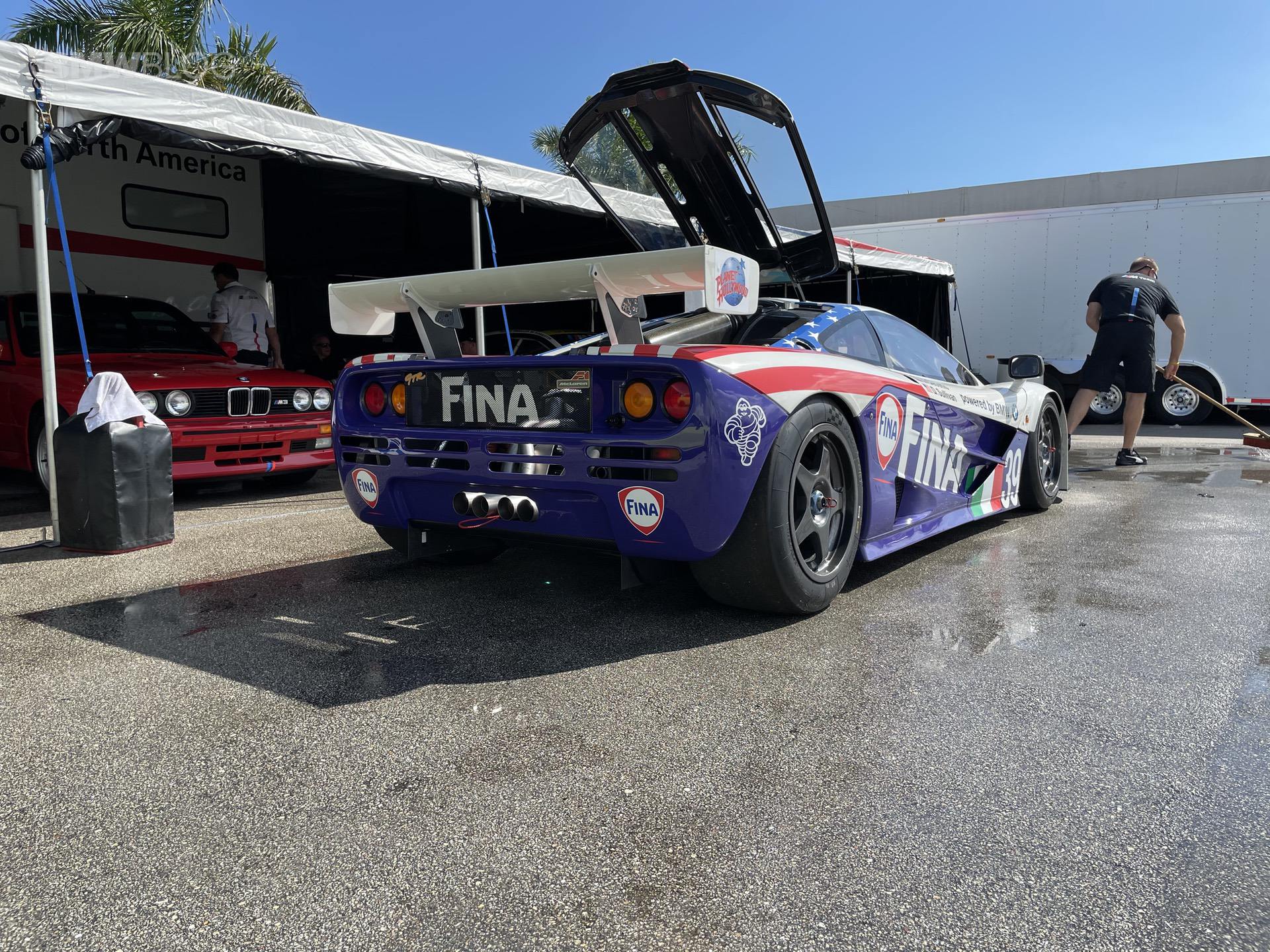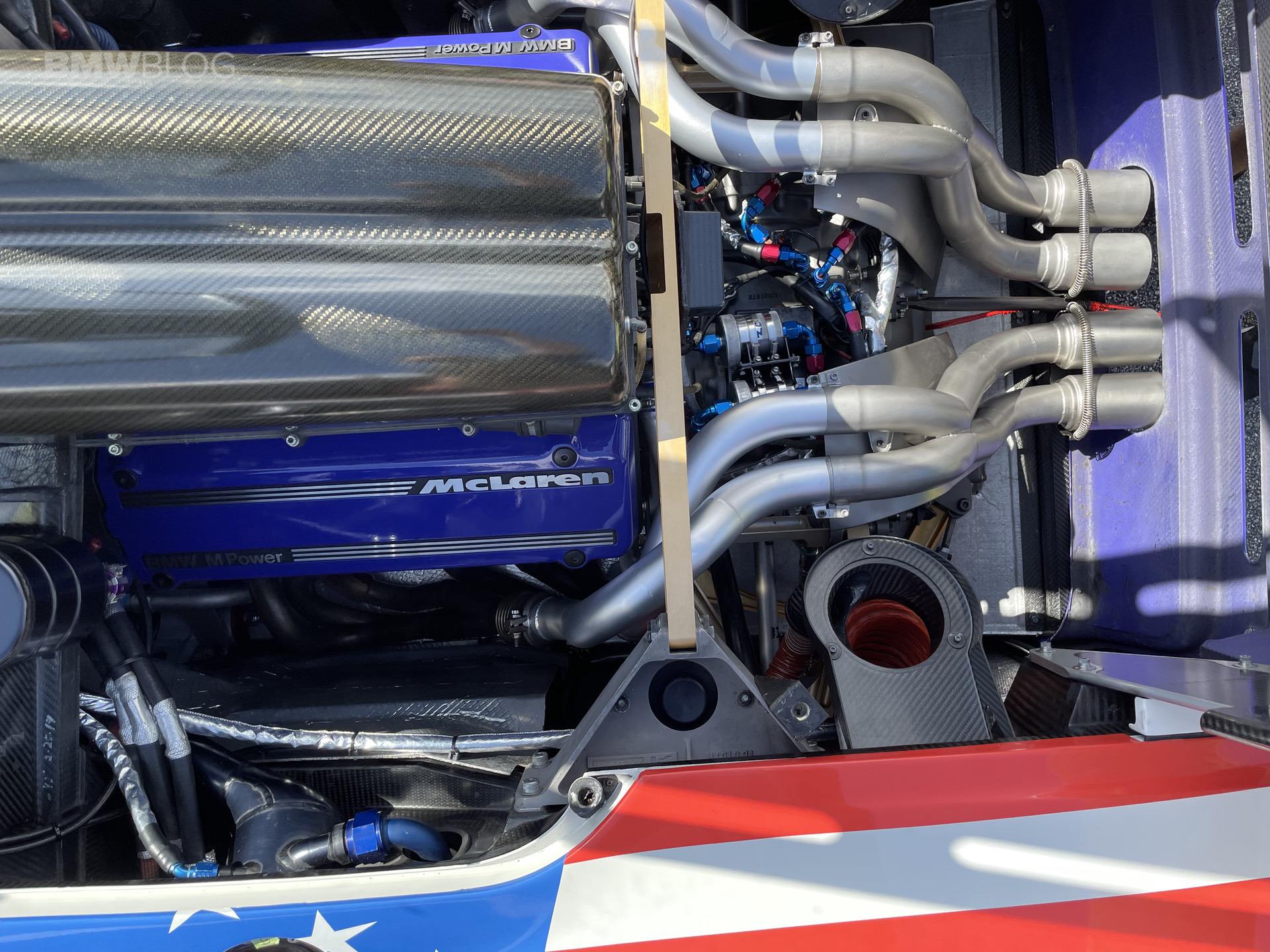One of the most exotic models in the entire BMW’s history is arguably the McLaren F1. Gordon Murray is the man behind the McLaren F1. His creation was the fastest production car for almost a decade, and the most powerful BMW until recently. Murray insisted that the car had a naturally aspirated engine to increase reliability and driver control, so he asked from Honda a 550 hp engine with a maximum weight of 250 kg. Back then, the combination of Honda and McLaren dominated Formula 1 so the requested engine was supposed to be derived from the actual race car.
When Honda refused, Isuzu was interested to provide their brand new 3.5 V12 engine that was being tested on a Lotus chassis. Nevertheless, the designers rejected Isuzu’s project so in the end BMW decided to develop the engine. The BMW S70/2 V12 engine was the beating heart of the F1 GTR and was used by BMW in the F1, the V12 LM and LMR Le Mans prototypes.
The 6-liter motor made 618-hp and 480 lb-ft of torque and redlined at 7500rpm. Ironically, Le Mans GT1 class rules limited the amount of horsepower the race motors could make, so courtesy of an air restrictor, the F1 GTR’s engine actually made slightly less power (closer to 600-hp) than the road car. This slight limitation was more than compensated by the dramatically more aggressive aero package and lower overall weight on the race car, as evidenced by it achieving 236.7 mph on the Mulsanne Straight when it arrived at Le Mans in 1995.
Last month, BMW of North America hosted an M3/M4 reunion in Palm Beach, so naturally, they also brought out some of their iconic racing cars. This particular McLaren F1 GTR, chassis #17R, was campaigned at Le Mans in 1996 by BMW Motorsports (in conjunction with their Italian partner, Bigazzi Team SRL) and finished 8th overall (and 6th in the GT1 class). Nelson Piquet, Johnny Cecotto, and Danny Sullivan shared driving duties.
It’s now part of BMW North America’s BMW Classics collection and has recently received an engine tune-up to keep things properly running.


